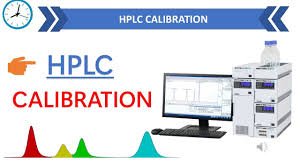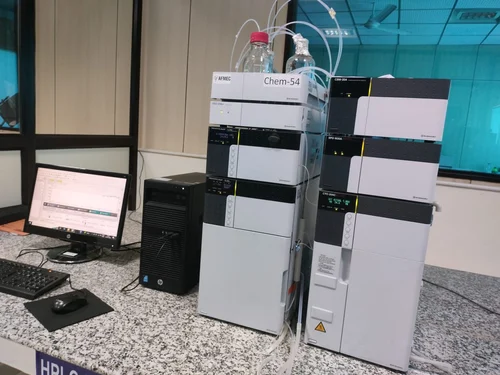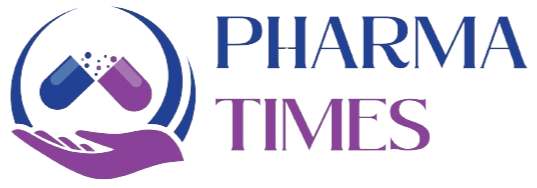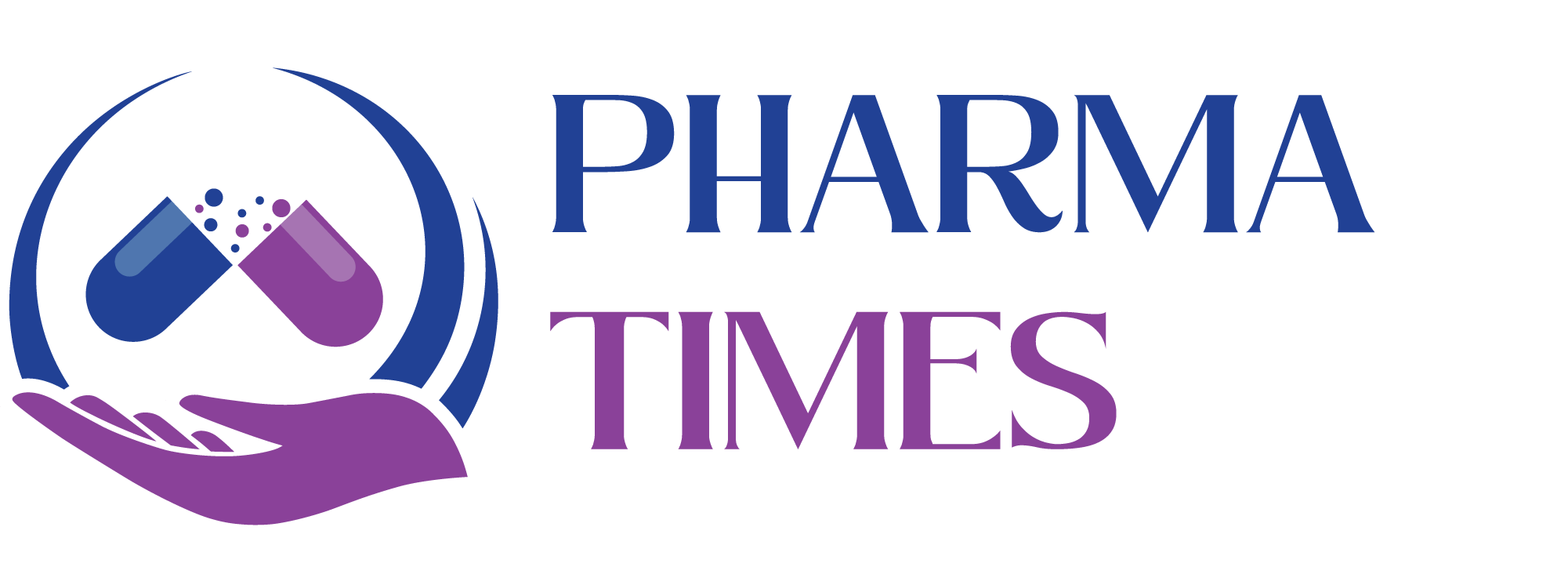
by Dr. Yashashwini Reddy | Aug 11, 2025
HPLC Calibration Procedure 1. Introduction High-Performance Liquid Chromatography (HPLC) is a critical analytical technique in pharmaceutical quality control. Regular calibration ensures accuracy, precision, and compliance with regulatory requirements like USP...

by Dr. Yashashwini Reddy | Aug 9, 2025
Different Types of HPLC Detectors 1. UV/Vis Absorbance Detector Principle: Measures absorbance of analytes at a specific wavelength (Beer-Lambert Law). Types: Fixed Wavelength UV (e.g., 254 nm) Variable Wavelength UV Diode Array Detector (DAD/PDA) – allows spectral...

by Dr. Yashashwini Reddy | Aug 9, 2025
System Suitability in HPLC Analysis What is System Suitability? System Suitability Testing (SST) is a set of analytical checks performed before and during analysis to ensure that the HPLC system and method are capable of producing accurate, precise, and reproducible...

by Dr. Yashashwini Reddy | Aug 9, 2025
10 Tips for HPLC Analysis in Pharmaceuticals Choose the Right Column Select the correct stationary phase (C18, C8, phenyl, etc.) based on analyte polarity. Consider particle size, column length, and pore size for optimal separation. Prepare Mobile Phase Properly Use...







